Today's newsletter is a little different. First off, I'm sending it on a Thursday. (If you're new here, I typically publish these at 8 am on Saturdays.) But with a holiday weekend approaching (at least for those of us in the US), I wanted to share this before we (hopefully) unplug, head outside, and soak in the abundance of summer.
Secondly, this story is more image than text. It's a visual treat, something to savor slowly before you sign off for the long weekend. Let yourself linger. Soak in the details. Let these images transport you to a different time—a time before smartphones and social media, when life wasn't curated for how it performed online but for how people experienced it in real life.
Lately, much of what we see around entertaining feels like food disguised as art (or is it art disguised as food?) Think Laila Gohar: sculptural spreads, surrealist butter, whimsy in radish form. And don't get me wrong, I LOVE that kind of thing. It's creative, joyful, and often brilliantly executed. It's also "performative" (and I don't mean that negatively). It’s a way for brands (actual brands or people with "personal" brands) to communicate their ethos. Food as visual language, as brand aesthetic, as shareable viral magic. It's marketing, yes, but also a kind of modern-day storytelling.
But it's not how people actually live, how they entertain.
Enter: Lee Bailey.
I stumbled upon Lee's books on eBay and was immediately captivated. The covers caught my eye with their fonts and soft-focus photography, all of which carried a sense of nostalgia for the casual elegance of the 80s. They looked like exactly the kind of inspiration I needed for what I hoped to be an analog summer at the lake filled with good friends, good food, and the beauty of the countryside. I hit “buy it now.”
When the books arrived, I was immediately plunged into a different era. Lee's world is imperfect yet polished, unfussy, and effortlessly tasteful. He appreciated the little things: the draping of an old quilt over an iron table, tomatoes and tuna artfully arranged on a plate, the texture of crusty bread, and how the light hits a table at noon, drawing out the vibrant colors of produce.
Lee created scenes that I could imagine myself in—glamorous yet grounded, not too overdone. He wrote about luxury and leisure in the way I wish more people did: as something deeply sensory and emotional, not just material. He invited us into a world where beauty wasn't a performance but a practice.
As the New York Times pointed out in his obituary, Lee was "an expert in the stylish life." A Parsons-trained designer, Lee wrote for major newspapers and magazines, ran his own home design store (with outposts in Saks Fifth Avenue and Southampton), and eventually returned to Parsons to teach. He authored numerous books on food, interiors, and entertaining. He was known for his lavish dinner parties, high above the city in his Manhattan penthouse or tucked inside the formal gardens of his Bridgehampton retreat. He was the lifestyle voice of the 1980s.
So, in an effort to keep my narration short and sweet (not a strong suit of mine, clearly), let's get into the images:
Lee Bailey’s Country Weekends:
“Colette once remarked that she always wanted to see her rooms crowded with flowers and her kitchen table set with whatever seasonal delights the farms’ stalls had to offer: baskets of spotted quail eggs, yellow noisy-skinned onions, tied bunches of perfect leeks, succulent red berries. She wanted to smell the reassuring odors of good food cooking.”
“Since it is likely that guests will be tired and frazzled by traffic or ‘their week’ or both, I give anyone who comes early a little reward food to compensate for their woes… My favorite such reward is the tomato sandwich, made with fresh mayonnaise on a dark toasted protein or white bread.”
“Whatever the food, in my view, all lunches should be lazy affairs and be allowed to stretch on and on.”
Lee Bailey’s Good Parties:
“The style itself is up to you. And so far as I am concerned, the more personal (or idiosyncratic), the better. What counts is knowing your own style well enough to make things flow seamlessly.”
“The truth is, we all know more than we think we do. Ultimately, it is the expression of this unique self that gives any design project its distinction.”
Lee Bailey’s Country Flowers:
“Gardening, for me, also has another dimension—it is good for the soul and puts everything in perspective. There is something so right about what happens at each stage of an annual plant’s life span that, when repeated over and over, it becomes almost impossible not to make the connection to oneself.”
“Like most people, I wish I could more often be the person I sometimes am—and I am most often that person in the garden. So in many ways this book represents the best of me.”
And now for some of my favorite LES dinner Party Things:

That’s all for today! I hope you have a fabulous holiday weekend filled with good food, good friends, and pretty things!
If you liked this, please share it with a friend, leave a comment, and subscribe! For more creativity, you can follow us on IG and explore years of art and design articles on the LES Journal
Keep Reading:
For Hosts Who Don't Cook
Can't cook, but love to entertain? Then Wild Raspberries is for you. It's a completely ridiculous cookbook I turn to again and again. Not for the recipes; they are basically nonsense, and I don't cook anyway. I turn to it for inspiration. For the feeling
What Alessi's Tea And Coffee Piazzas Can Teach Us About Narrative Design
Human hands, cast in silver, reach from nowhere—fingers curling around a perfectly polished rectangular tray. Perched atop: a curious family of objects, seemingly in conversation. Each piece has its own fantastical personality. Their sleek surfaces contrast with richly detailed ornamentation—a round lidded bowl with ears, strands of hair braided into ha…
Why I’ll Forget to Text You Back but Always Save You a Seat at My Table
I have 13 unread text messages - at least half of them are important, not because they necessarily need a quick response (although I am sure some do) but because they are from people I love, my best friends and family. But will…





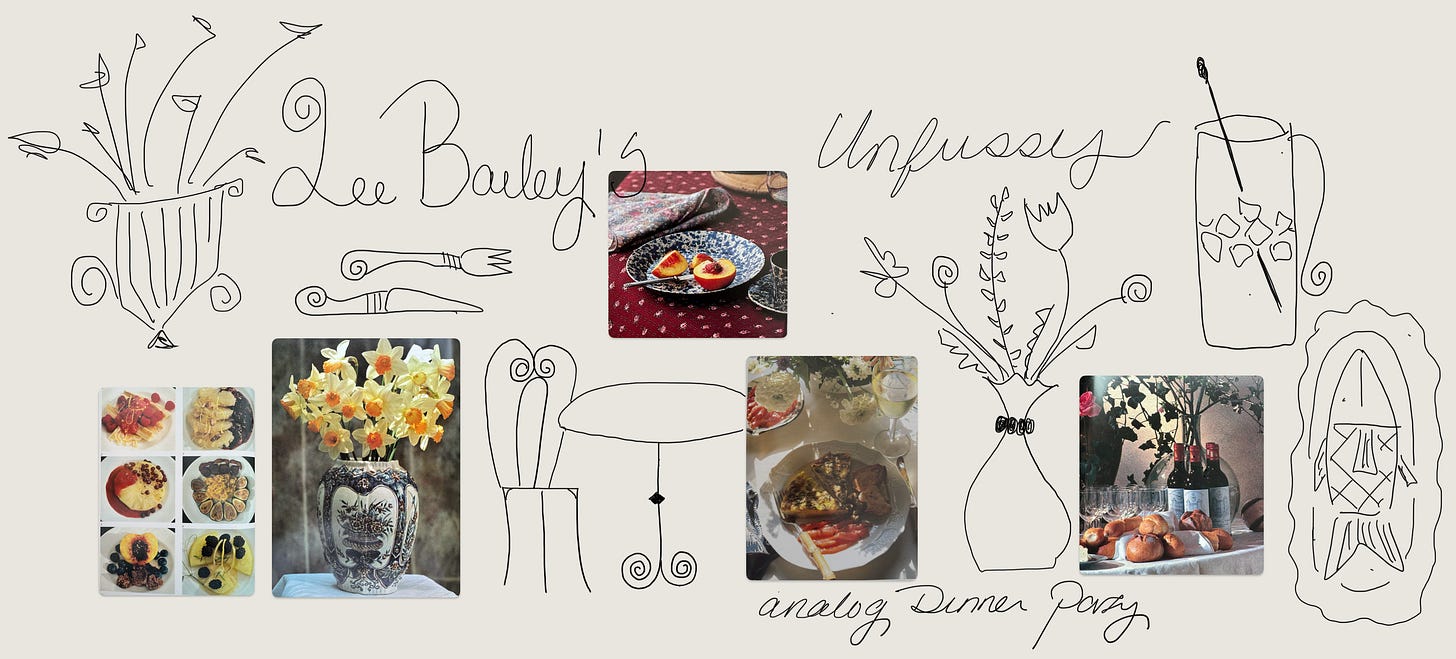


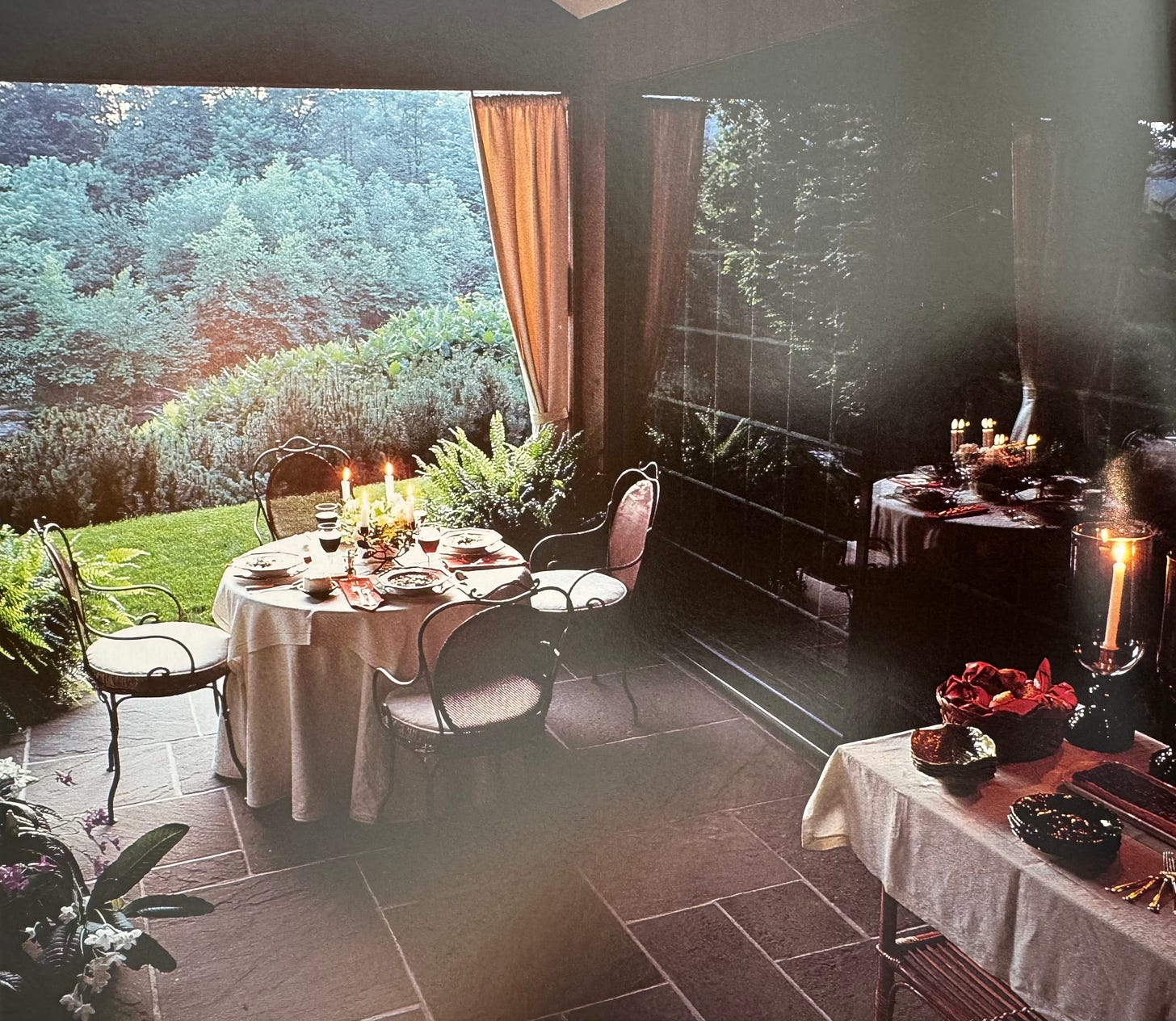
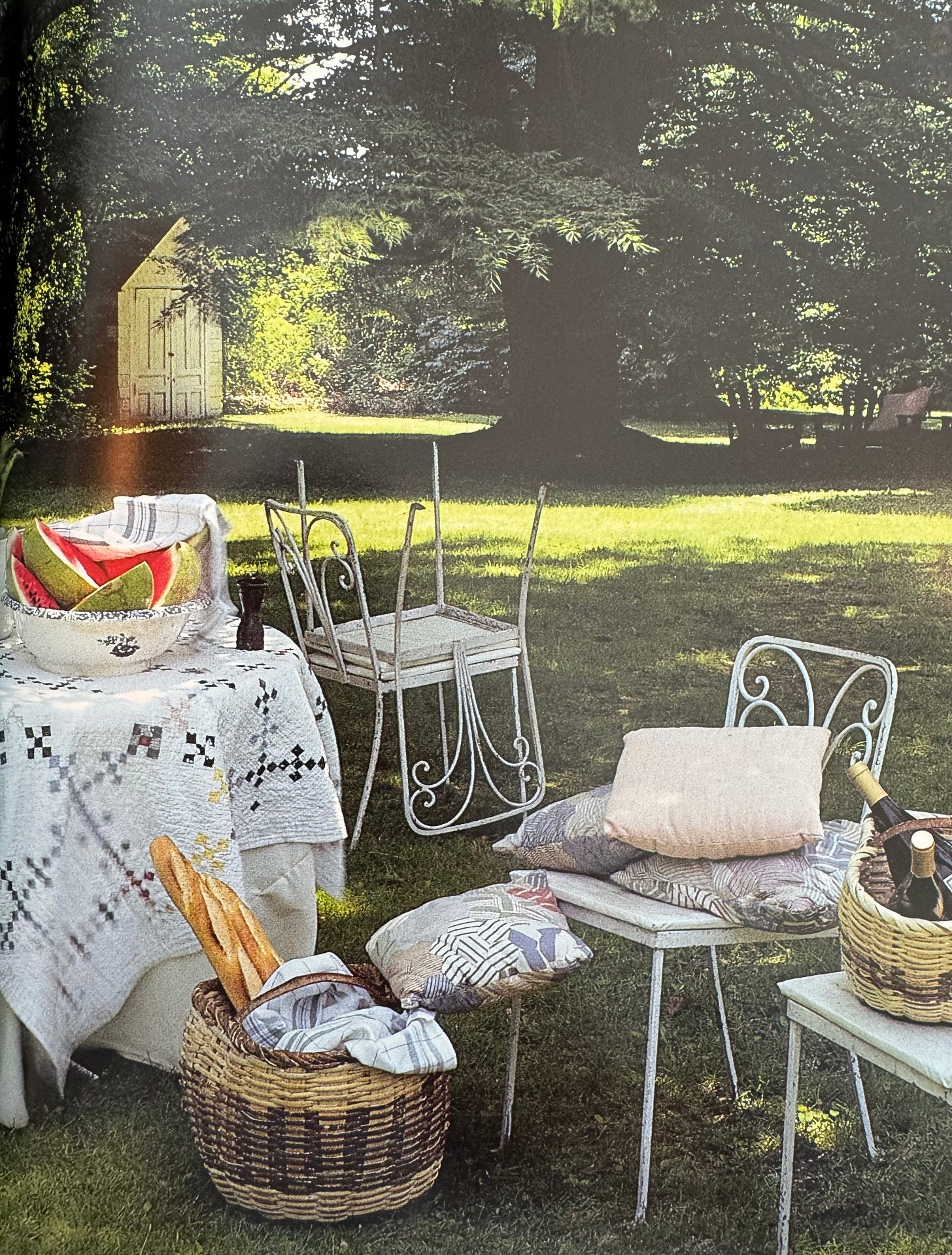
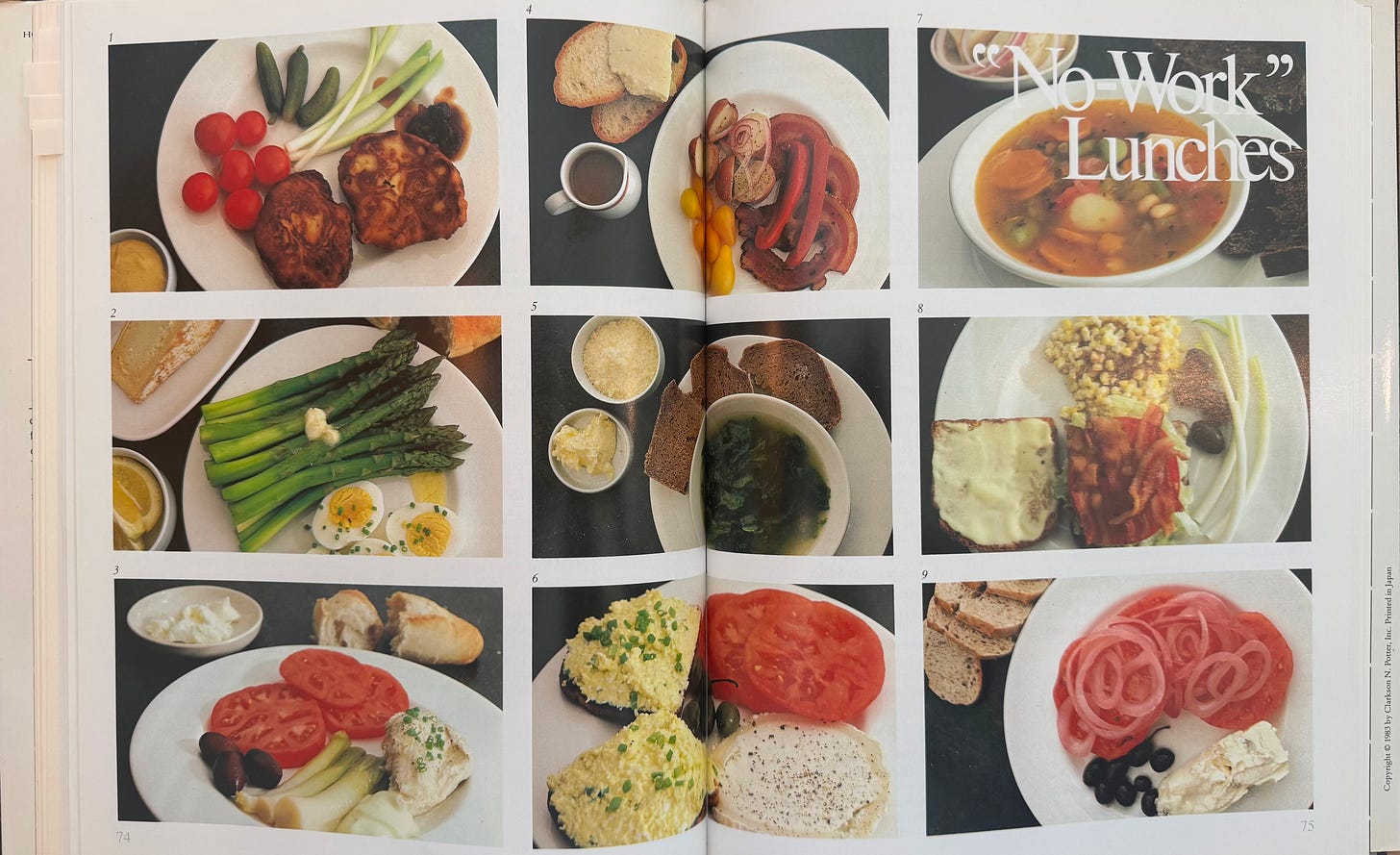
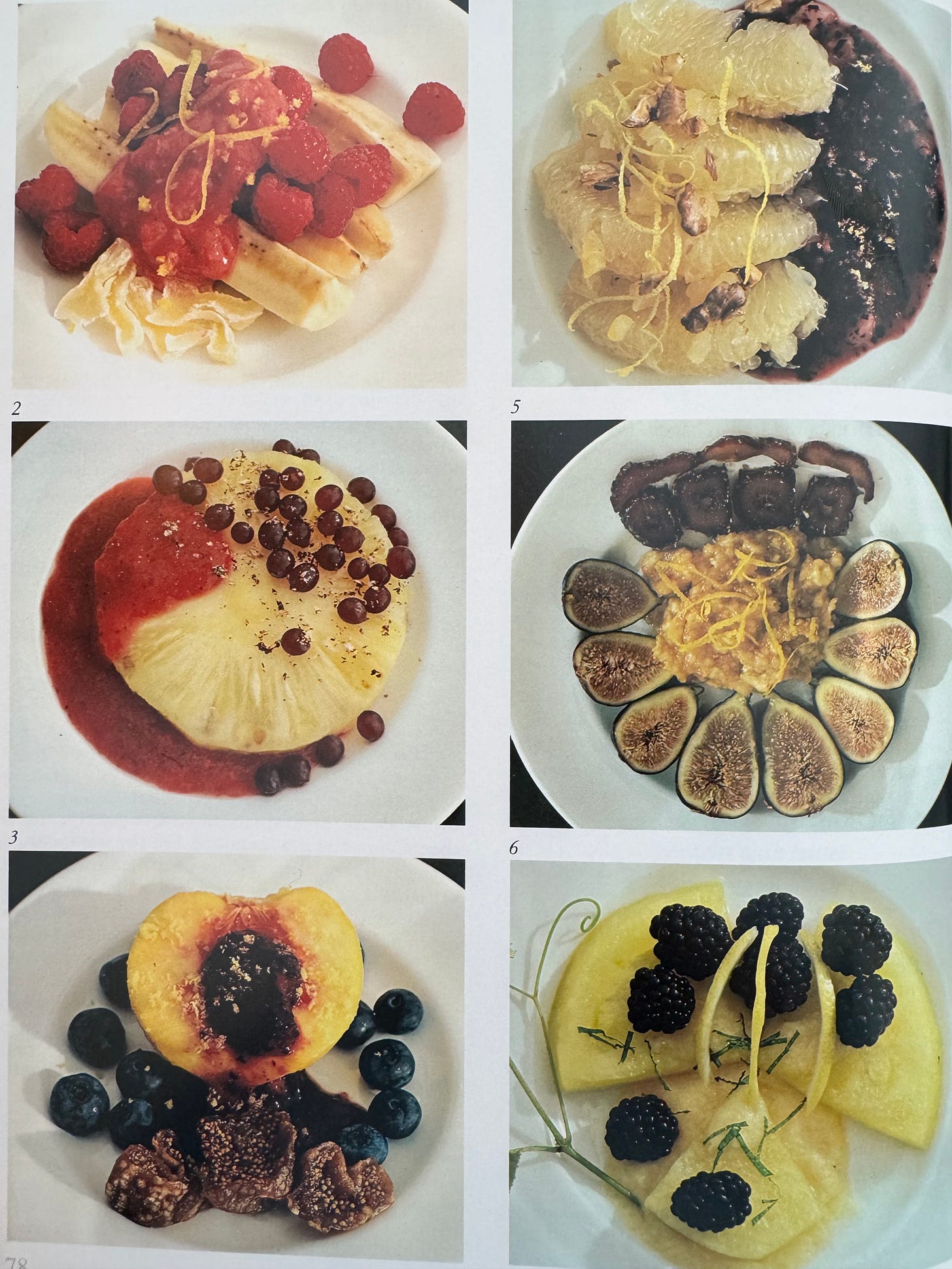
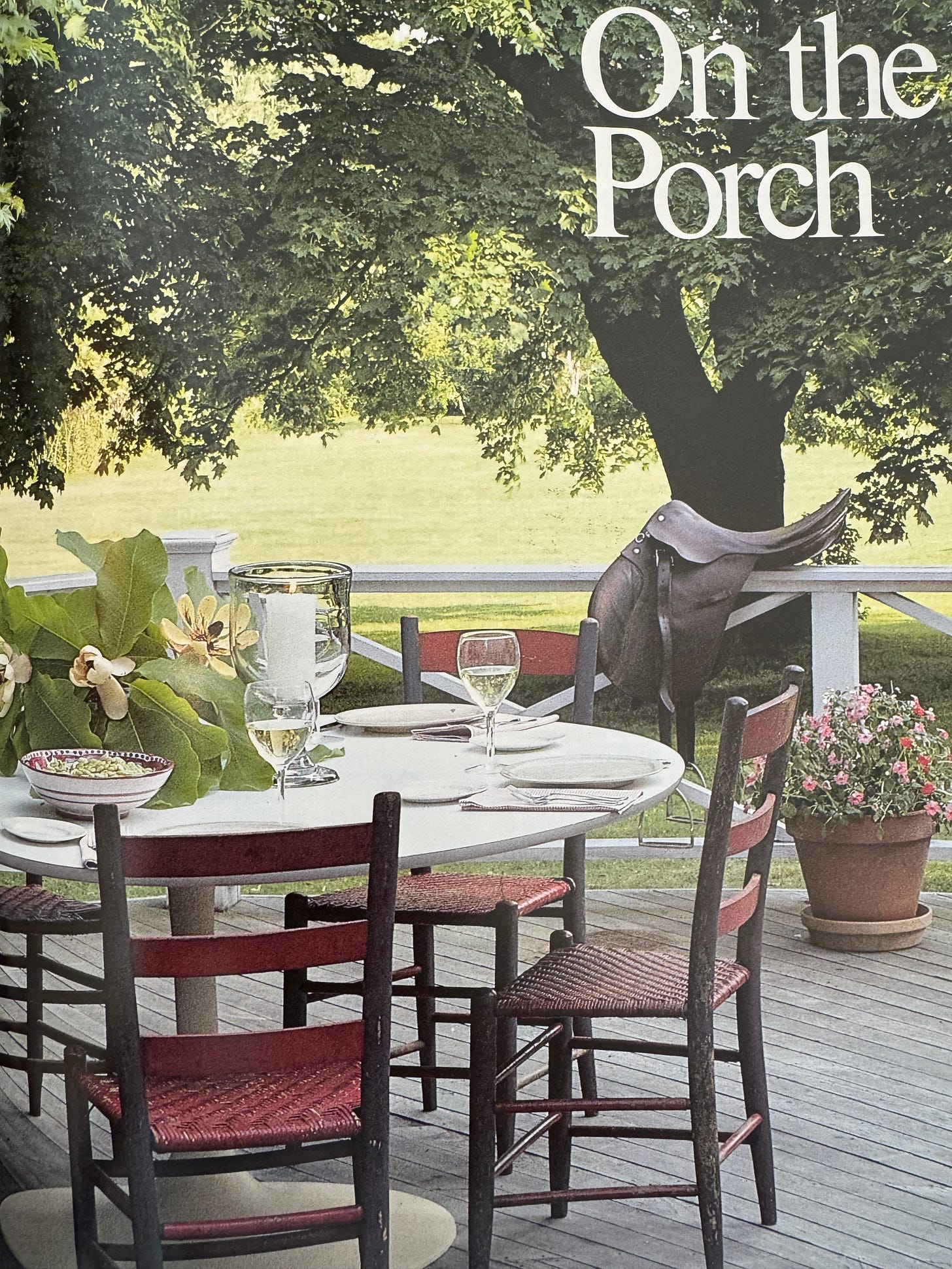

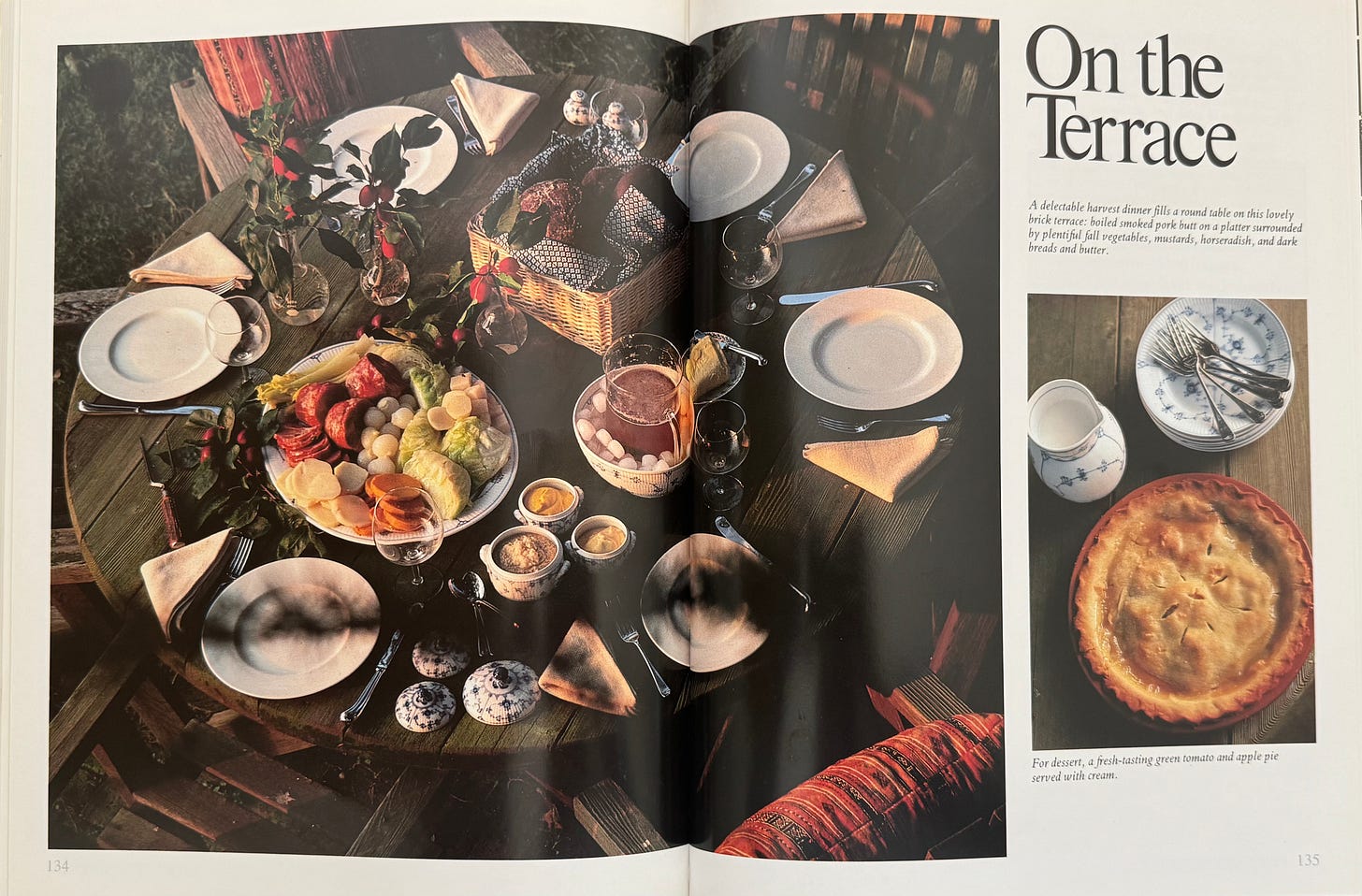
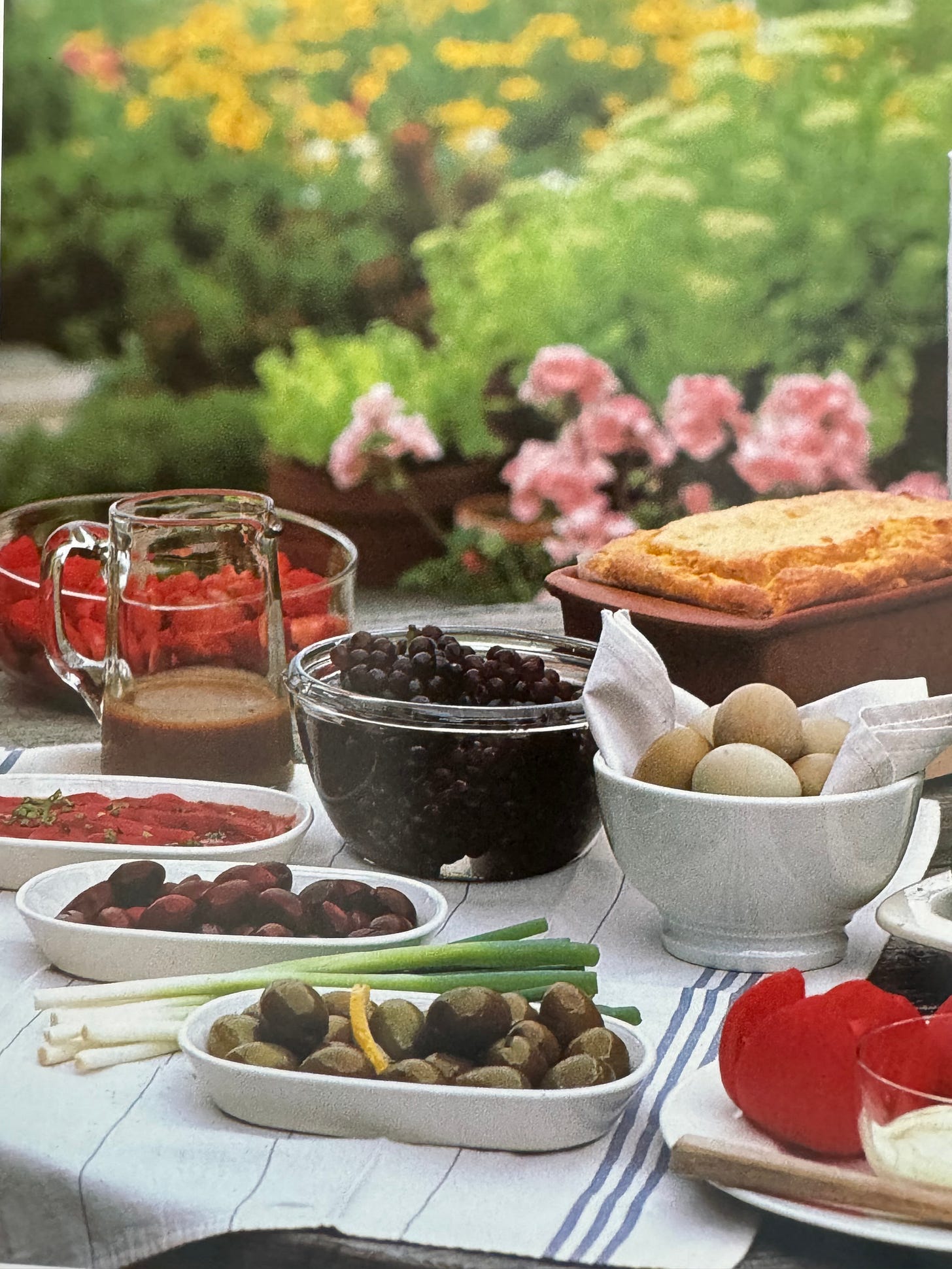
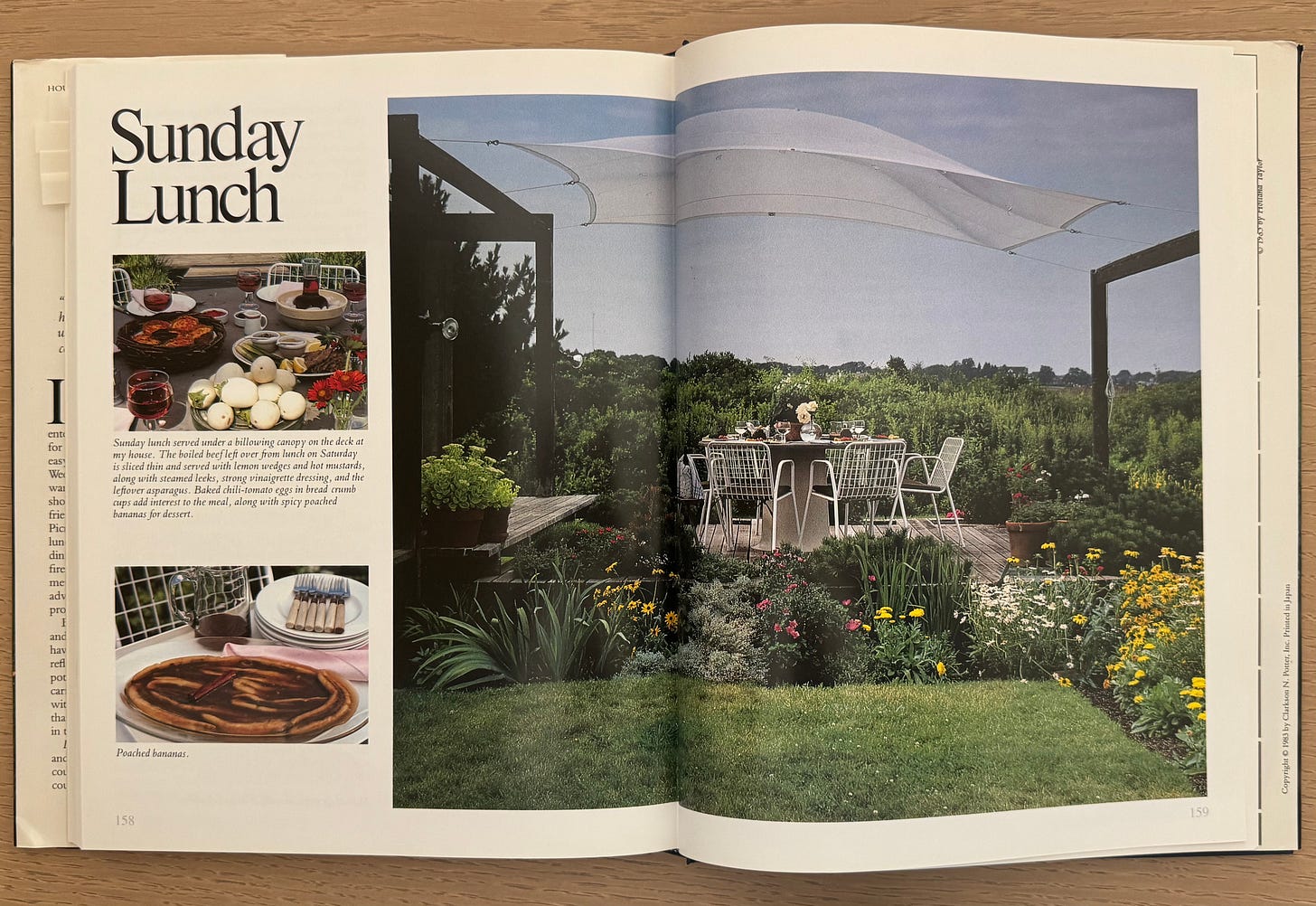
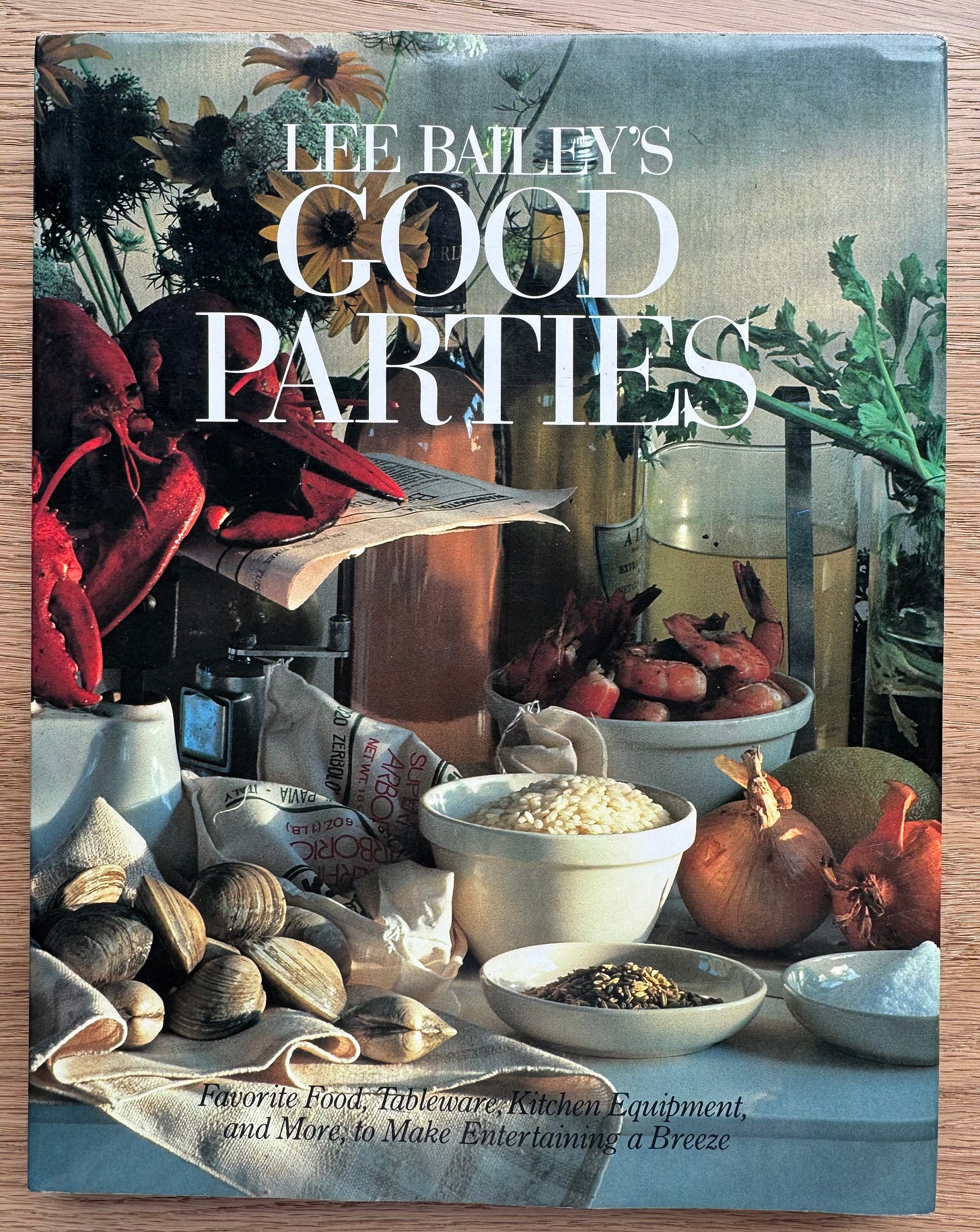
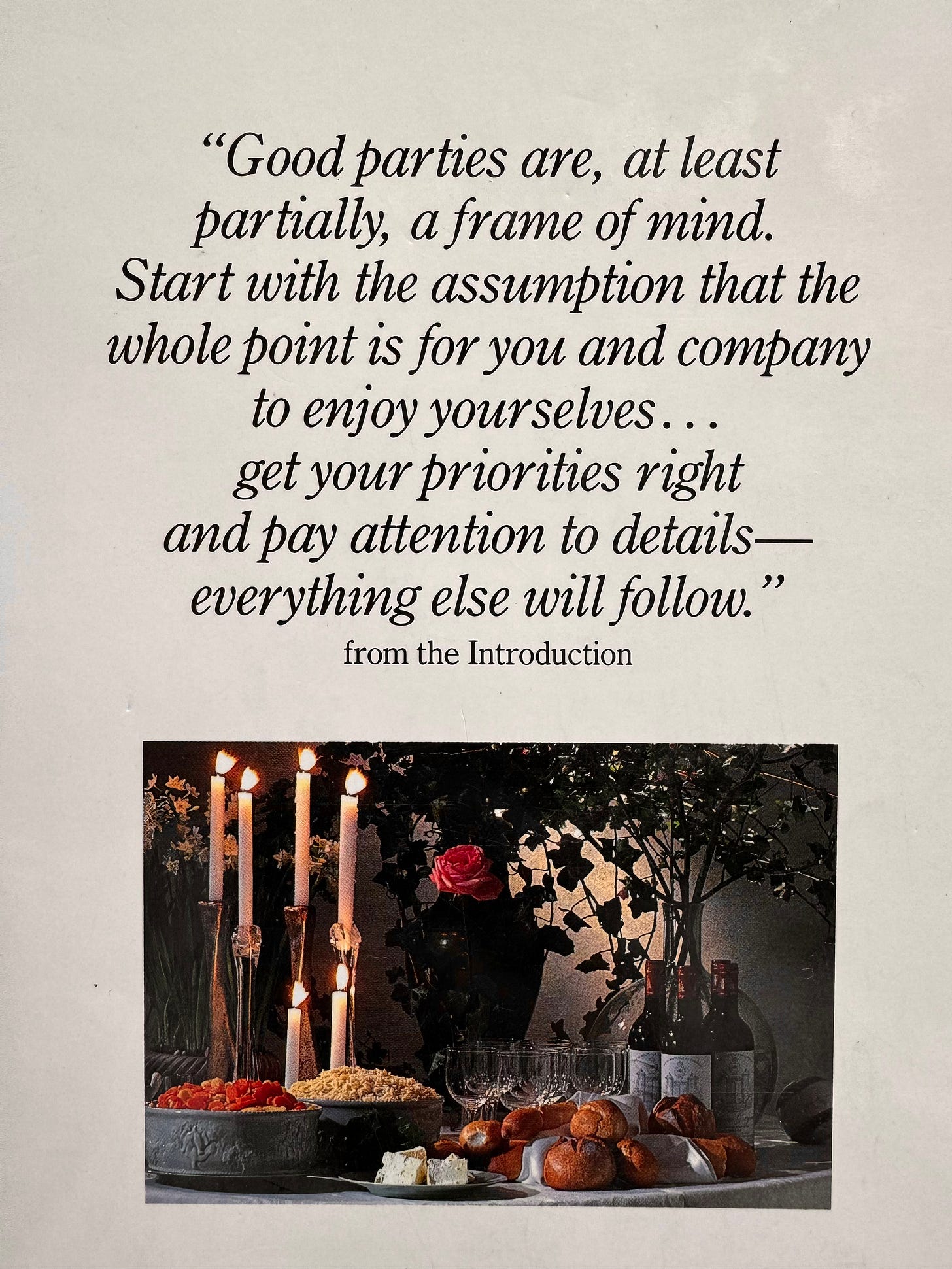

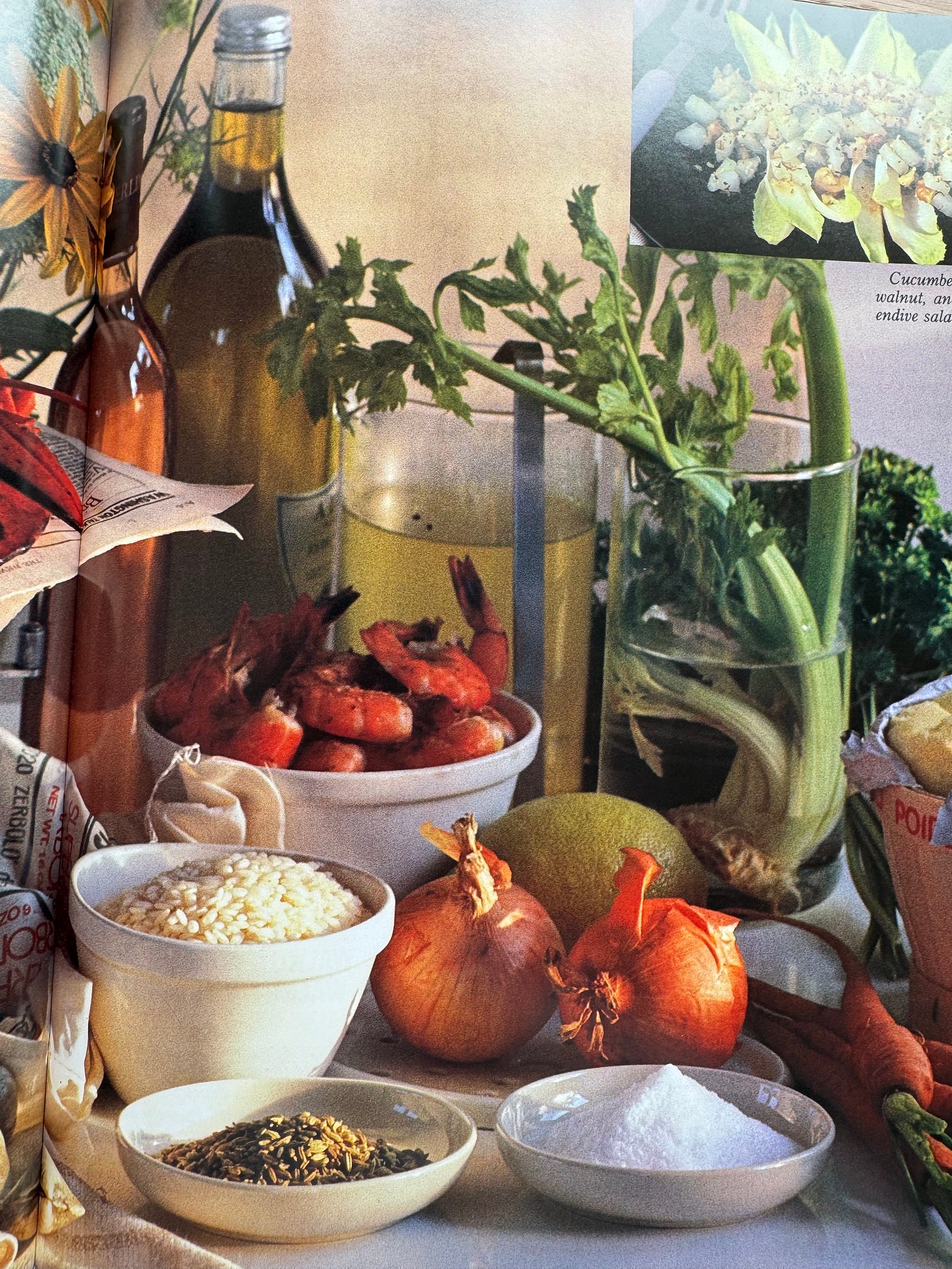
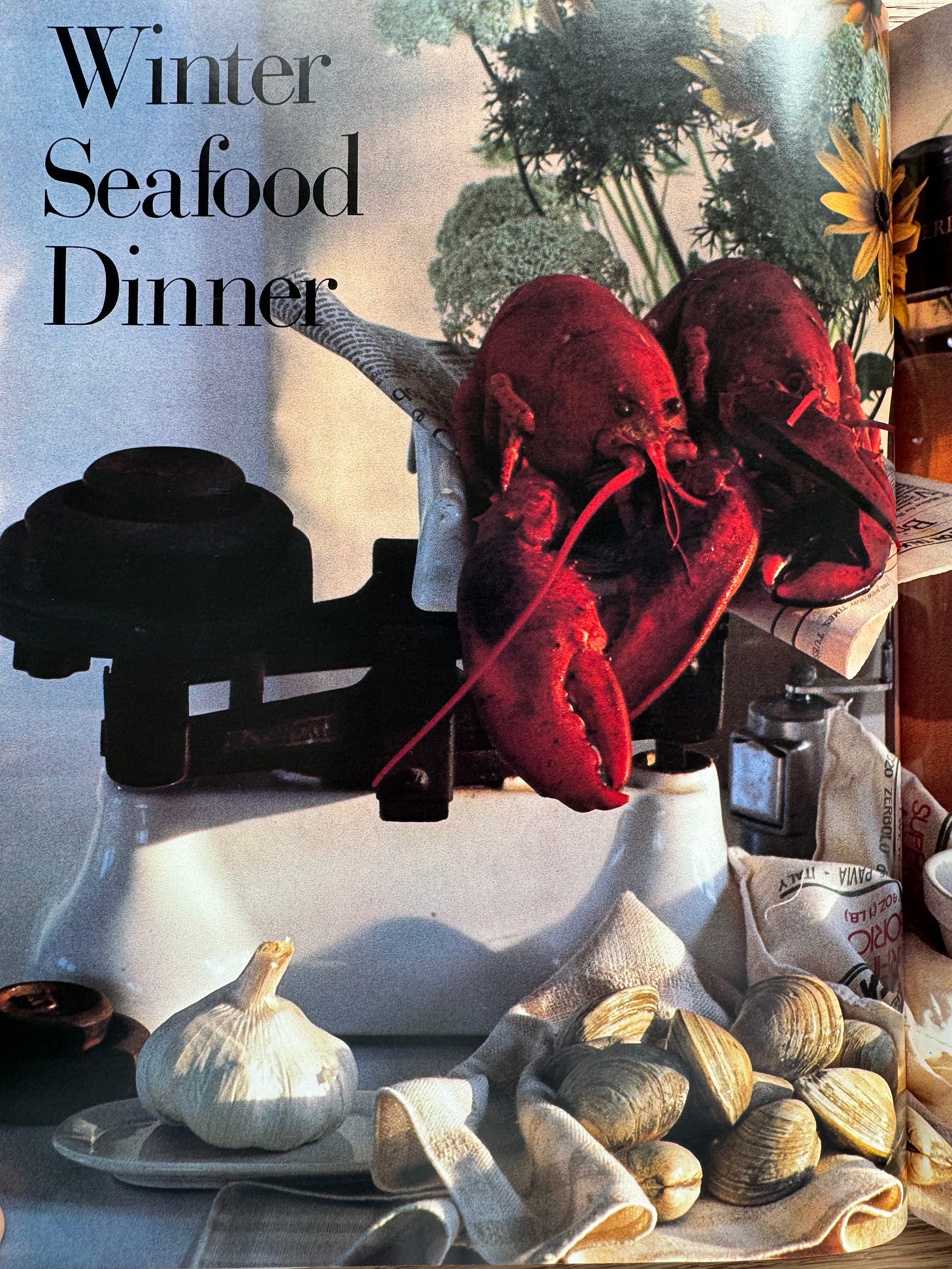
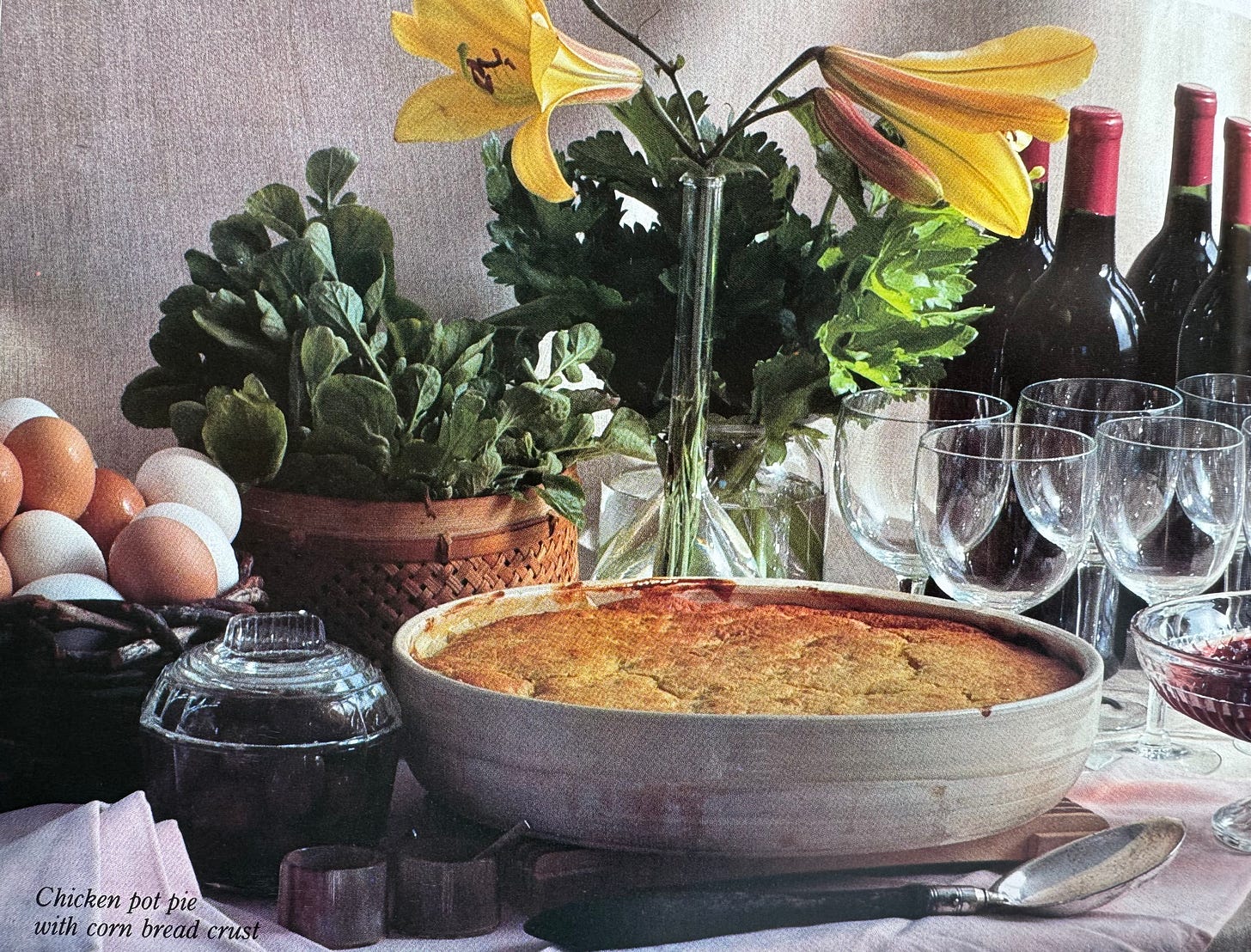

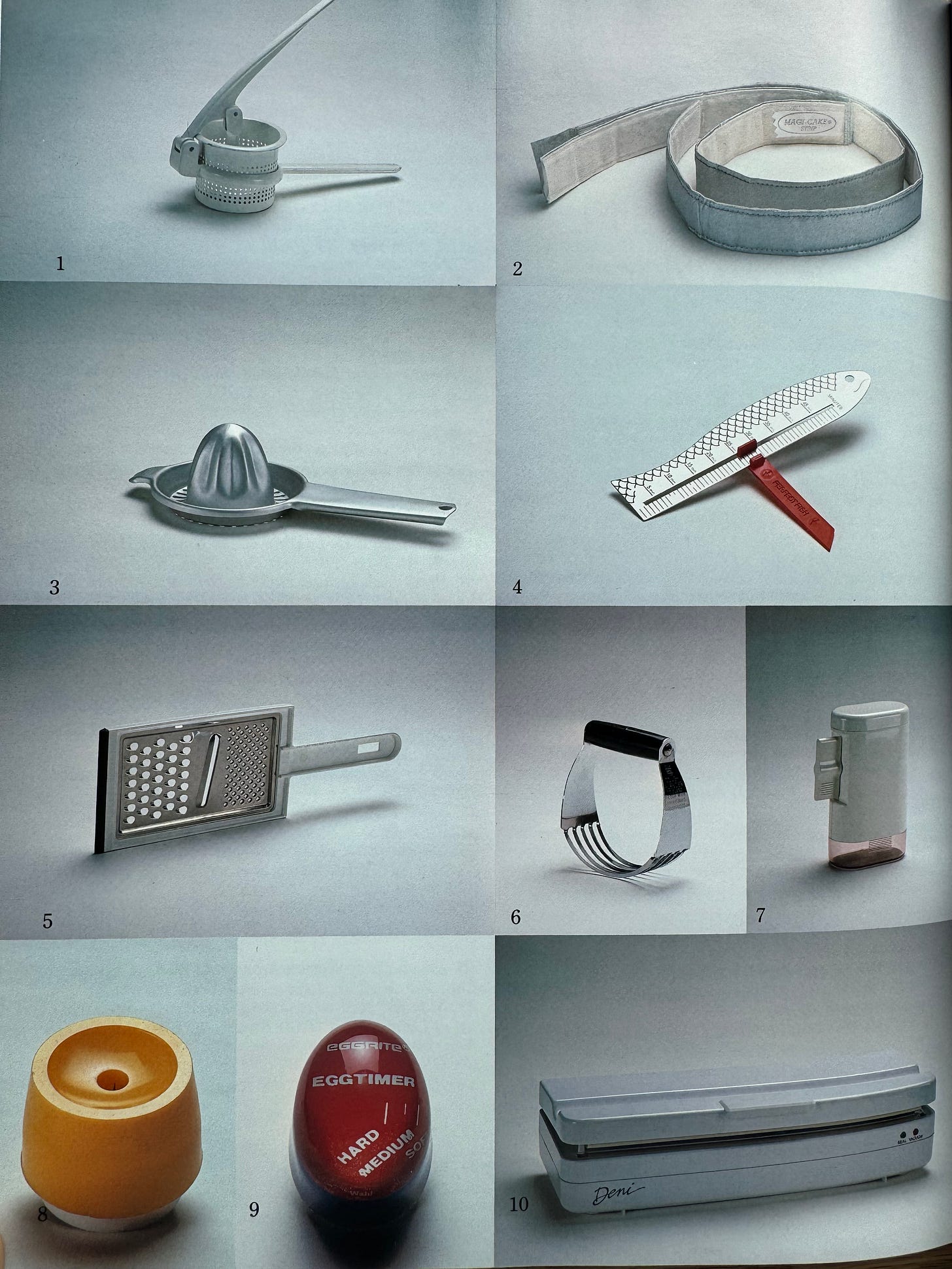
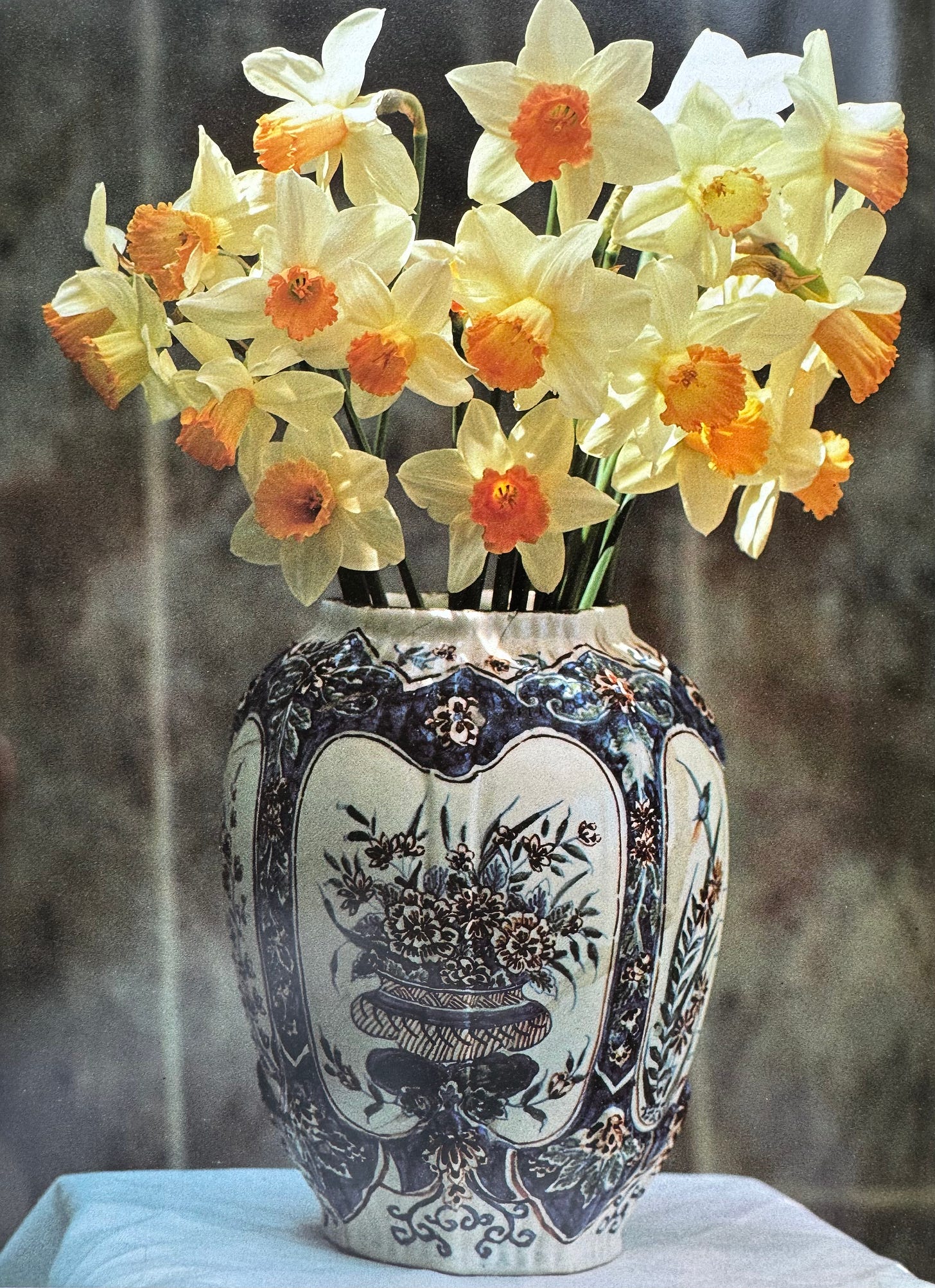
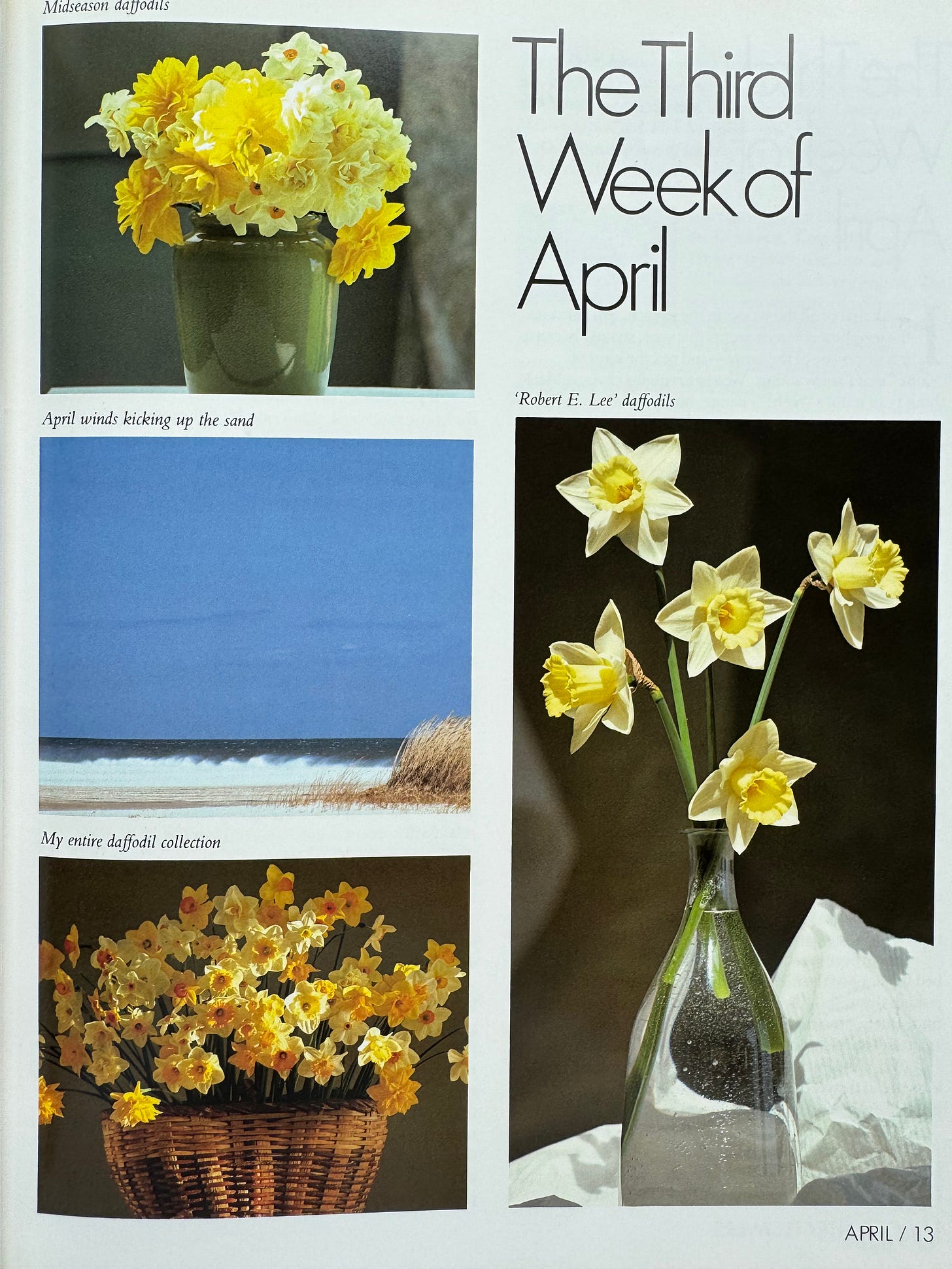

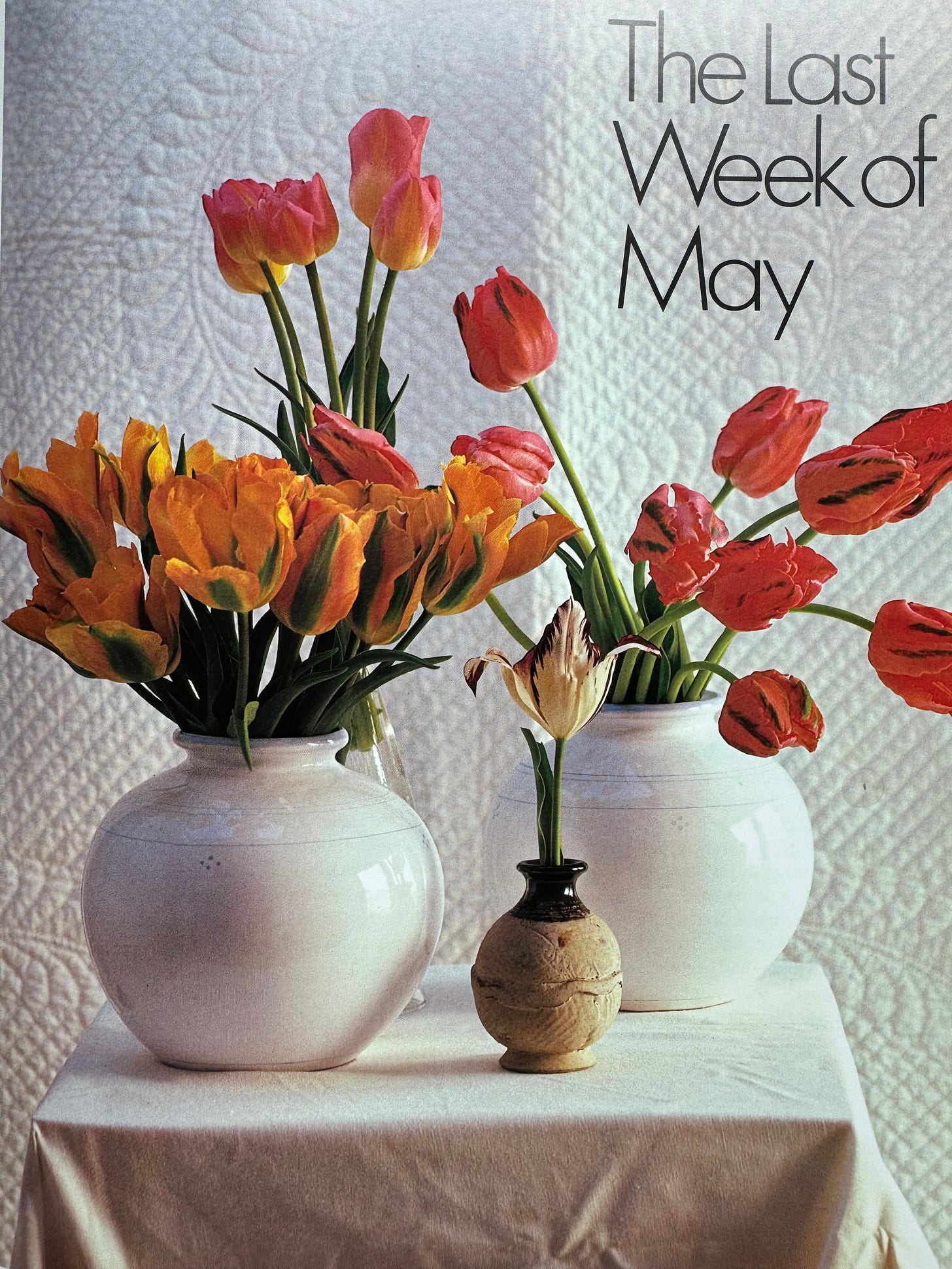
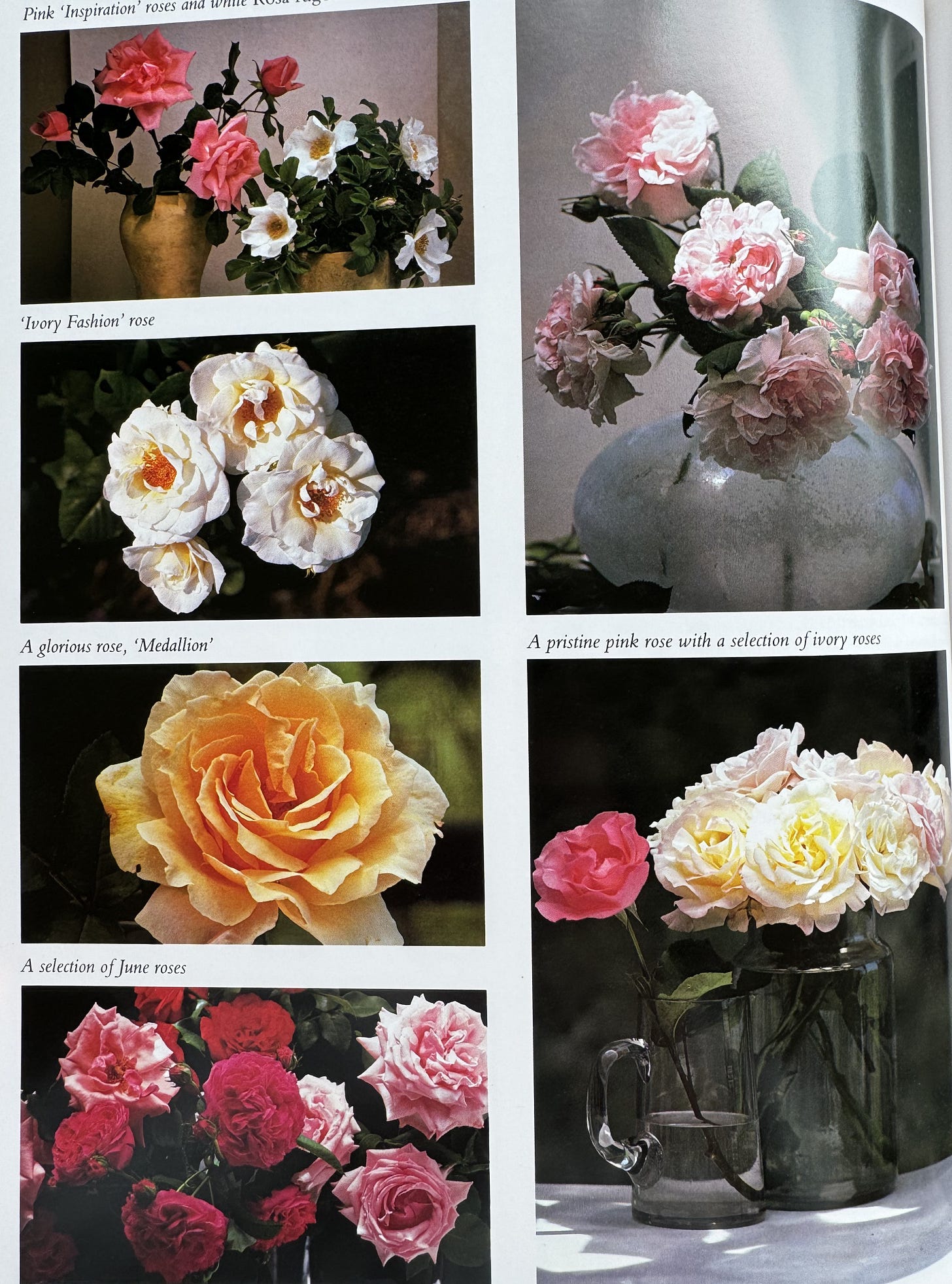
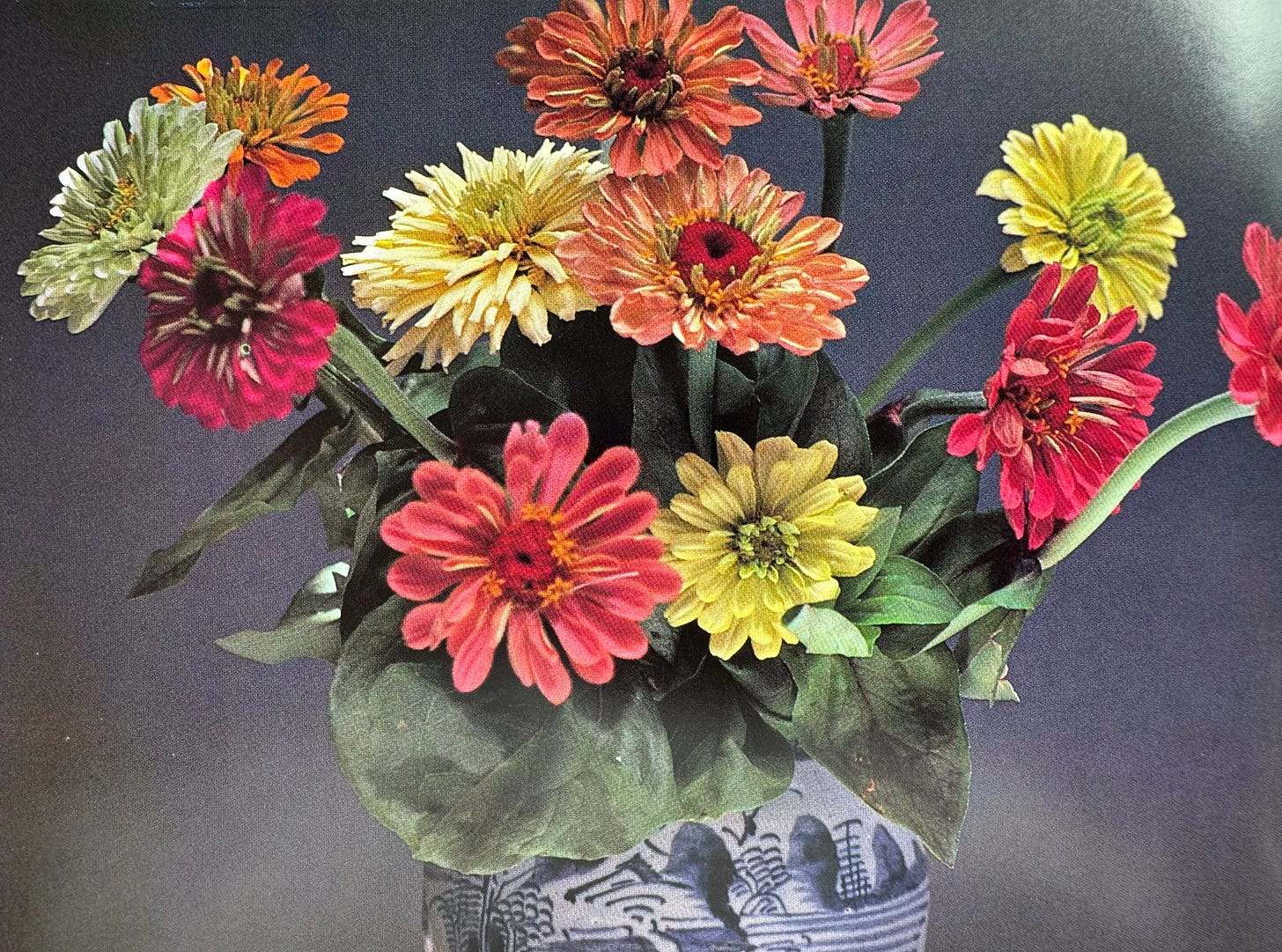
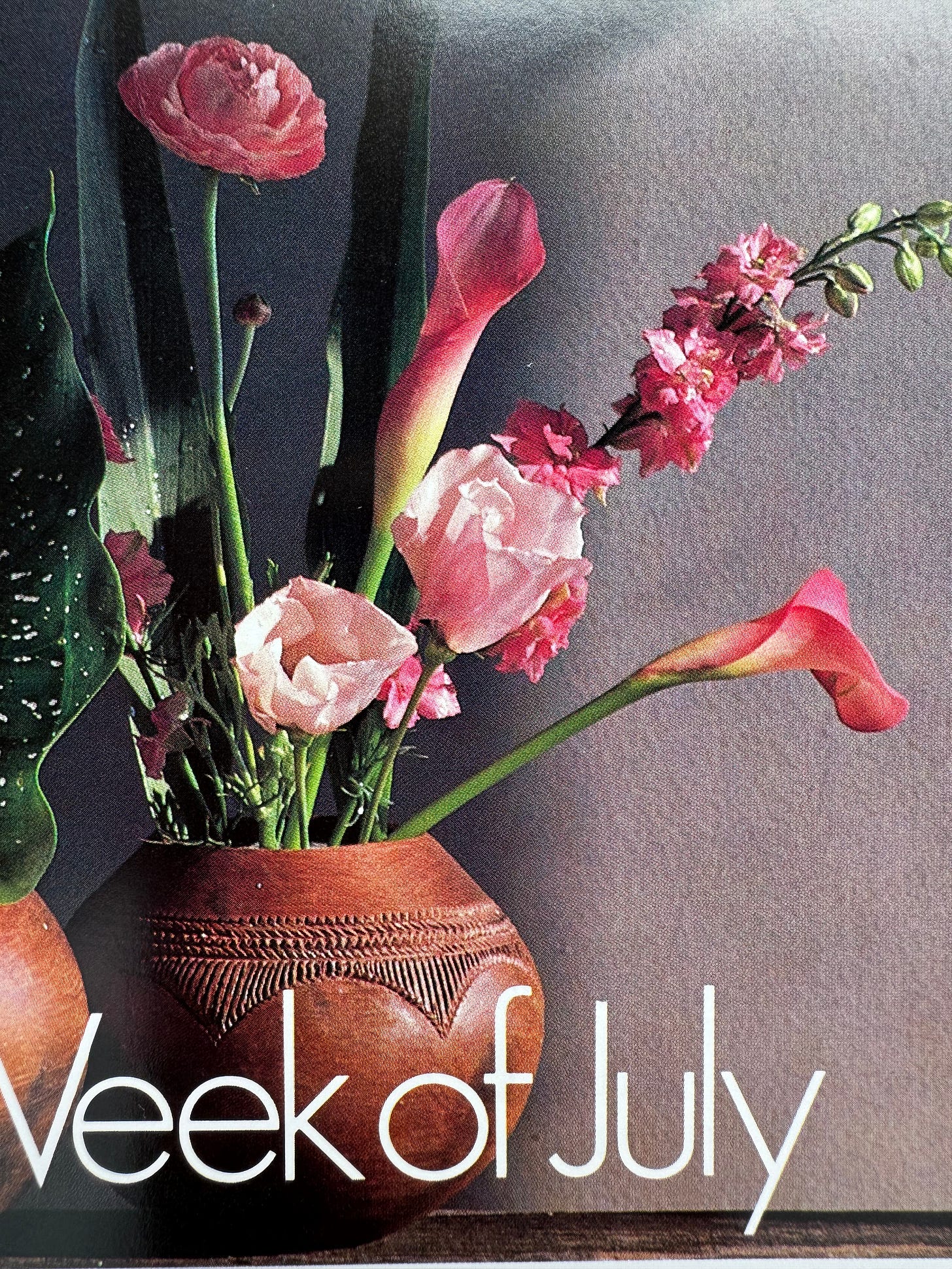
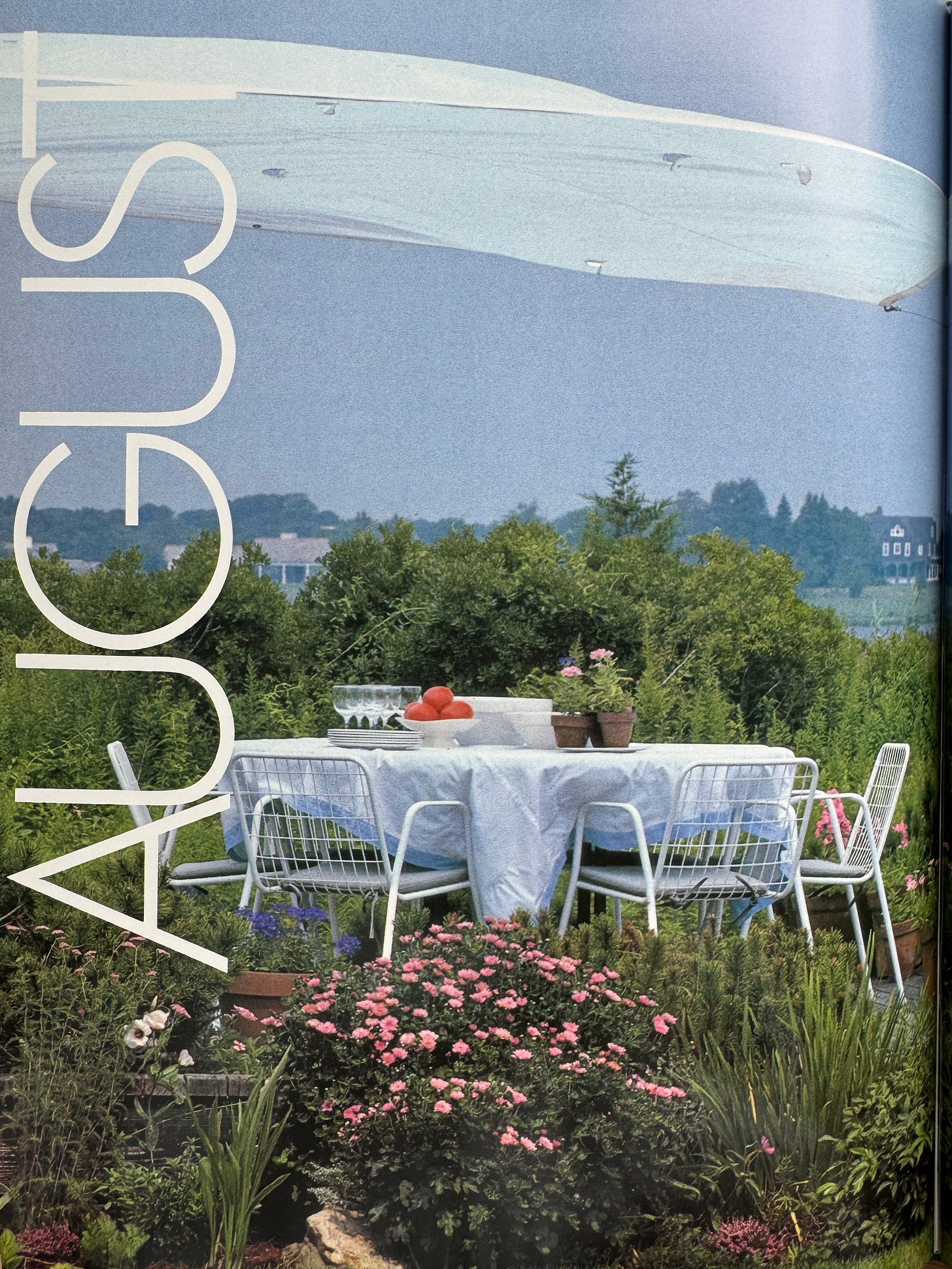
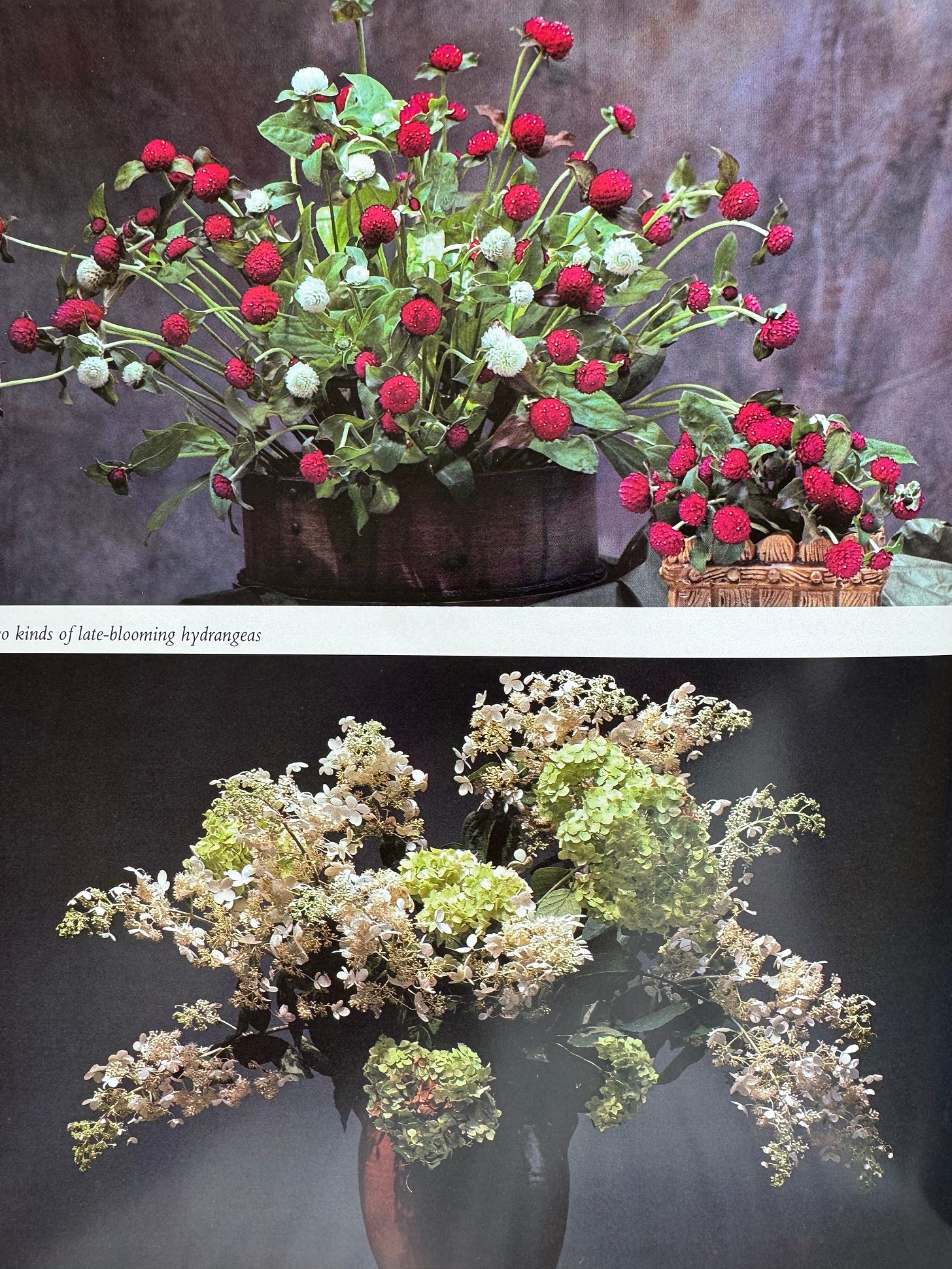
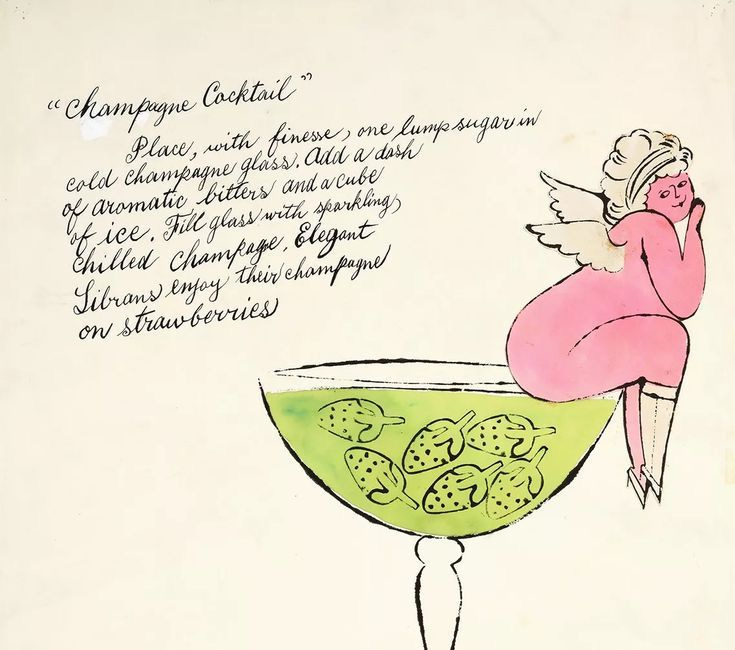


This is quickly becoming my favorite newsletter. You articulate ideas that have been quietly forming in the back of my mind—things I’ve felt but haven’t yet fully understood or put into words. It feels like you’re always one step ahead, reconnecting us with the deeper substance of how to live.